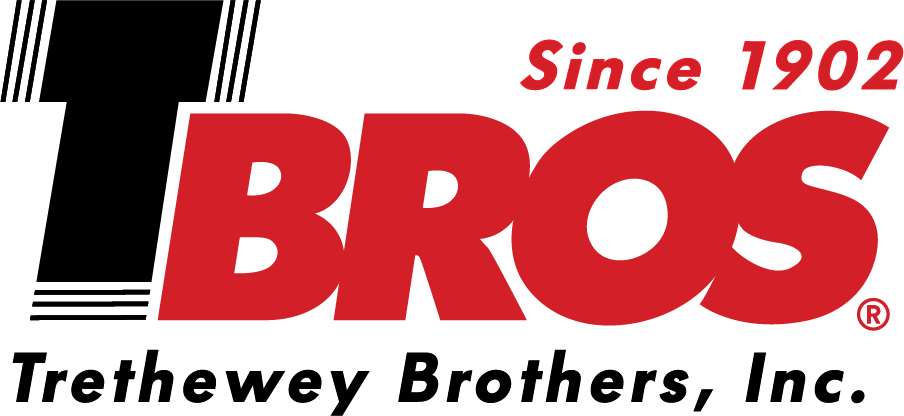
TRETHEWEY BROTHERS, INC
Plumbing, Heating, Cooling & Remodeling services for the Neighborhoods of Boston
For over 125 years TBros has been providing dependable plumbing, heating, cooling and remodeling services to the community of Boston and beyond.
We have always believed in treating you like part of our family. TBros has been in the same location in Roslindale for 5 generations and we plan to be here for generations to come.
When you want honest advice, fair prices and dependable service, you can always count on TBros - family owned plumbers you can trust.
You may have seen us on “This Old House” as we have been involved with this Emmy-winning home-improvement series since 1979.

Our Services
TBros filters cut microplastic exposure by 90%—protecting your health with cleaner, safer water.
From fixtures to water heaters, TBros provides fast, reliable plumbing solutions across Greater Boston.
From boiler repairs to full system installs, TBros keeps your home warm, efficient, and ready for winter—no matter what.
TBros keeps your home comfortable with expert A/C installation, maintenance, and replacements.
TBros transforms kitchens, bathrooms, and homes with expert design, quality materials, & trusted craftsmanship.
Plumbing & Heating You Can Count On
TBros has received countless compliments, testimonials, notes, cards and letters of thanks for over a century.
Patti Devine
Lisa Iezzoni
Doug L
Aaron Daniels
Eric Niloff
Karen Joyal
C Naturale
Joanne Crowley
Jameson Viens
Stephanie Linakis
Pat Suhrcke
Ellen Strickland
Steve Trombley
TPC MusicSeries
Dan Kacher
Above and Beyond Boiler Service
In this Care Plan testimonial, a TBros customer shares how technician Ryan went the extra mile—not just servicing the boiler, but labeling all the shutoffs for future safety and peace of mind. A simple act that made a lasting impression.
Want to hear more from real customers? Explore our video testimonials
Customer Care Plan
Become Our Priority
Join the TBros Customer Care Plan & become a priority customer! As a member of our Care Plan you won’t have to worry about waiting for a plumber to respond quickly again. Don’t get stuck without heat, hot water or with an emergency leak. Join with TBros & receive more value & benefits including:
-
Get Priority Emergency Plumbing & Heating Service — Weekdays 7AM–4PM!
With our 24/7 Live Phone Technician, you’re first in line for fast, expert help during regular hours. Call us anytime — we'll be right over!
-
Save More with TBros!
Enjoy exclusive savings on top-quality services:
• 10% off all service calls
• $100 off a new water heater installation
• $250 off a new boiler installation
• $500 off kitchen & bathroom remodeling — plus a free house cleaning!
*Discounts do not apply to warranty replacements.
-
Stay Ahead with Our Annual Check-Up
Our comprehensive inspection and detailed report give you peace of mind — helping you avoid unexpected leaks, breakdowns, and costly surprises.
Financing Available
We offer flexible financing options to make your next project more affordable. From repairs to full upgrades, ask us how we can help you get started today—without the upfront stress.











